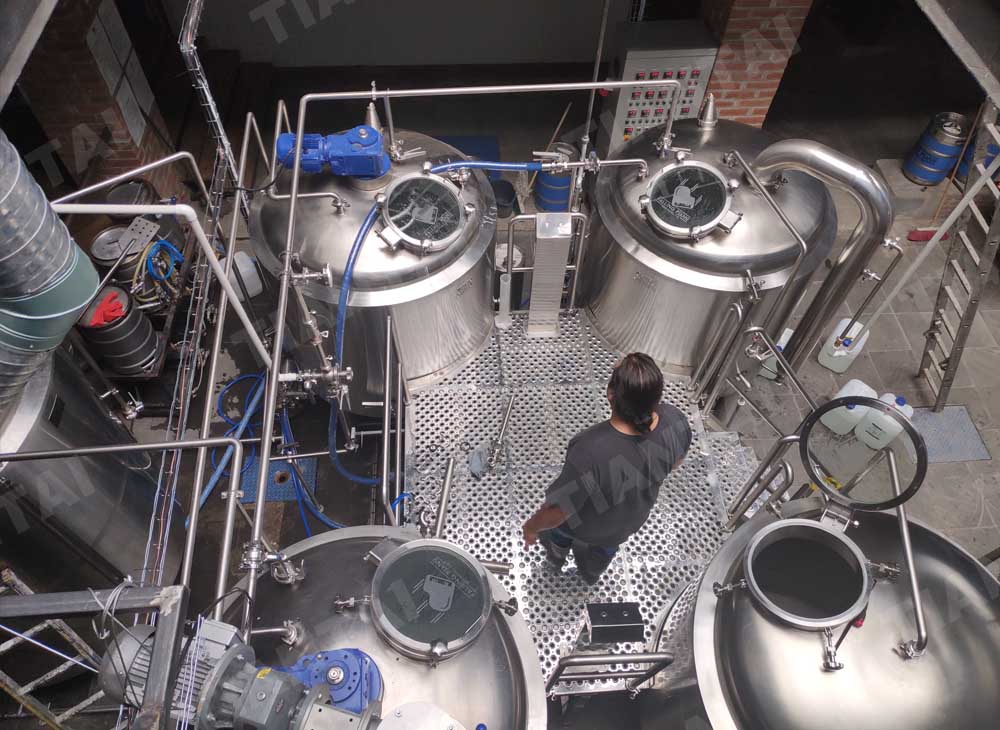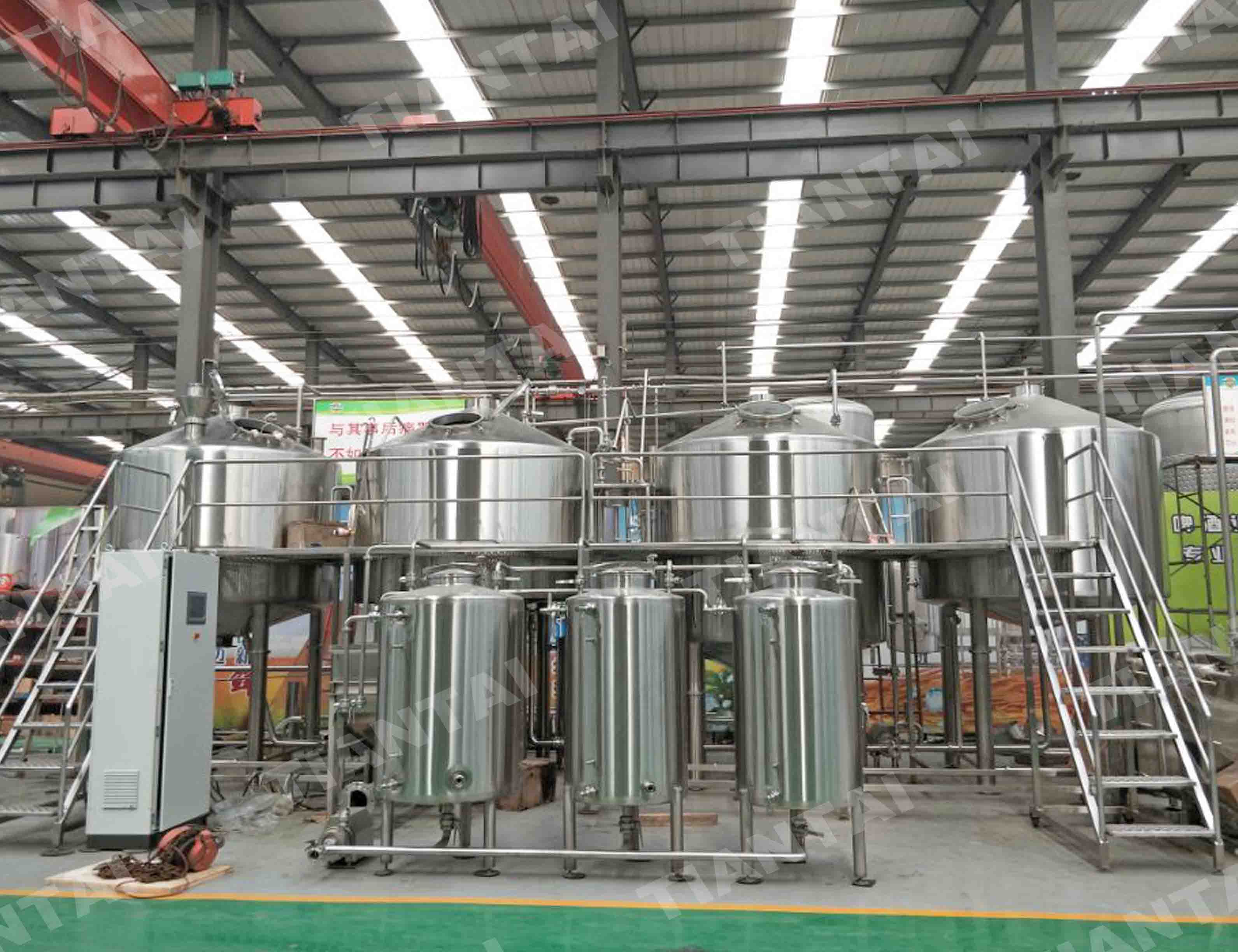What does hops do to beer
- Dec 03, 2021
- 101
- tiantai
Where hops are grown and sourced spans the globe; notable producers include Germany, Czech Republic, New Zealand, and North America. We use German hops, for example, toward several beers including Oktoberfest and Pale Bock. We’ve raced freshly picked New Zealand hops over the ocean to brew Southern Hemisphere Harvest IPA. But the majority of our supply is here in the U.S., where Oregon, Idaho, and Washington are the top hop-producing states.
Hops grow best in moderate climates with rich soil and abundant sunshine. Those ideal regions generally sit at similar latitudes on the world map, both northern and southern. At our brewery in Chico, Calif., we maintain 10 acres of certified-organic Estate hops, but the grueling summer heat and spotty rain pose big challenges. The Pacific Northwest is more favorable for hops with its milder weather and reliable precipitation.
Craft brewers are after the lupulin inside hop cones. Those sticky yellow glands contain resin that contributes bitterness to beer, which helps balance the sweetness of malt, and essential oils responsible for aroma and flavor.
.jpg)
Within the resin are acids that aren’t very soluble in water, so when brewers need to extract bitterness, they add hops during the kettle boil (the “hot side” of brewing) to release their bittering qualities. The essentials oils, however, are far more volatile and can boil away quickly. So when specific aromas and flavors are the goal, brewers often add hops toward the very end of the hot side, and into the “cold side” of the process (i.e., during or after fermentation).
There are many varieties of hops, much like wine grapes, and each has unique uses in brewing. Some hops are excellent for bittering (e.g., Magnum hops in Torpedo IPA, or Columbus in Dankful IPA). Others have signature aromas and flavors that brewers mix and match like spices in the kitchen. Our founder Ken Grossman made Cascade hops famous with our classic Pale Ale, which brims with notes of grapefruit and pine.
Cascade also shows up in our Celebration IPA, but it unites with Centennial hops, bringing in additional layers of citrus and sweet floral notes. A newer hop called Citra is highly favored for its tropical fruit character, and it’s among the standouts in Hazy Little Thing IPA.
Each year, many craft brewers visit the Pacific Northwest for the annual hop harvest. During this “hop selection,” brewers preview the hops they hope to use for upcoming beers. The main way we do this is by rubbing hops—literally smashing the cones in our palms to tease out the aromatic properties. It’s a messy but totally magical time of year.
Hops grow best in moderate climates with rich soil and abundant sunshine. Those ideal regions generally sit at similar latitudes on the world map, both northern and southern. At our brewery in Chico, Calif., we maintain 10 acres of certified-organic Estate hops, but the grueling summer heat and spotty rain pose big challenges. The Pacific Northwest is more favorable for hops with its milder weather and reliable precipitation.
Craft brewers are after the lupulin inside hop cones. Those sticky yellow glands contain resin that contributes bitterness to beer, which helps balance the sweetness of malt, and essential oils responsible for aroma and flavor.
.jpg)
Within the resin are acids that aren’t very soluble in water, so when brewers need to extract bitterness, they add hops during the kettle boil (the “hot side” of brewing) to release their bittering qualities. The essentials oils, however, are far more volatile and can boil away quickly. So when specific aromas and flavors are the goal, brewers often add hops toward the very end of the hot side, and into the “cold side” of the process (i.e., during or after fermentation).
There are many varieties of hops, much like wine grapes, and each has unique uses in brewing. Some hops are excellent for bittering (e.g., Magnum hops in Torpedo IPA, or Columbus in Dankful IPA). Others have signature aromas and flavors that brewers mix and match like spices in the kitchen. Our founder Ken Grossman made Cascade hops famous with our classic Pale Ale, which brims with notes of grapefruit and pine.
Cascade also shows up in our Celebration IPA, but it unites with Centennial hops, bringing in additional layers of citrus and sweet floral notes. A newer hop called Citra is highly favored for its tropical fruit character, and it’s among the standouts in Hazy Little Thing IPA.
Each year, many craft brewers visit the Pacific Northwest for the annual hop harvest. During this “hop selection,” brewers preview the hops they hope to use for upcoming beers. The main way we do this is by rubbing hops—literally smashing the cones in our palms to tease out the aromatic properties. It’s a messy but totally magical time of year.




.jpg)